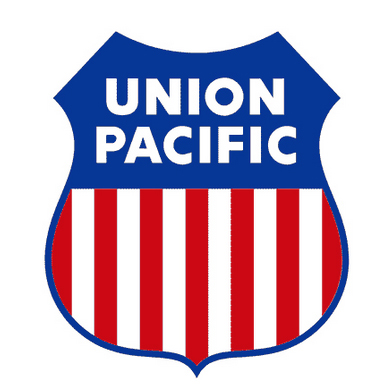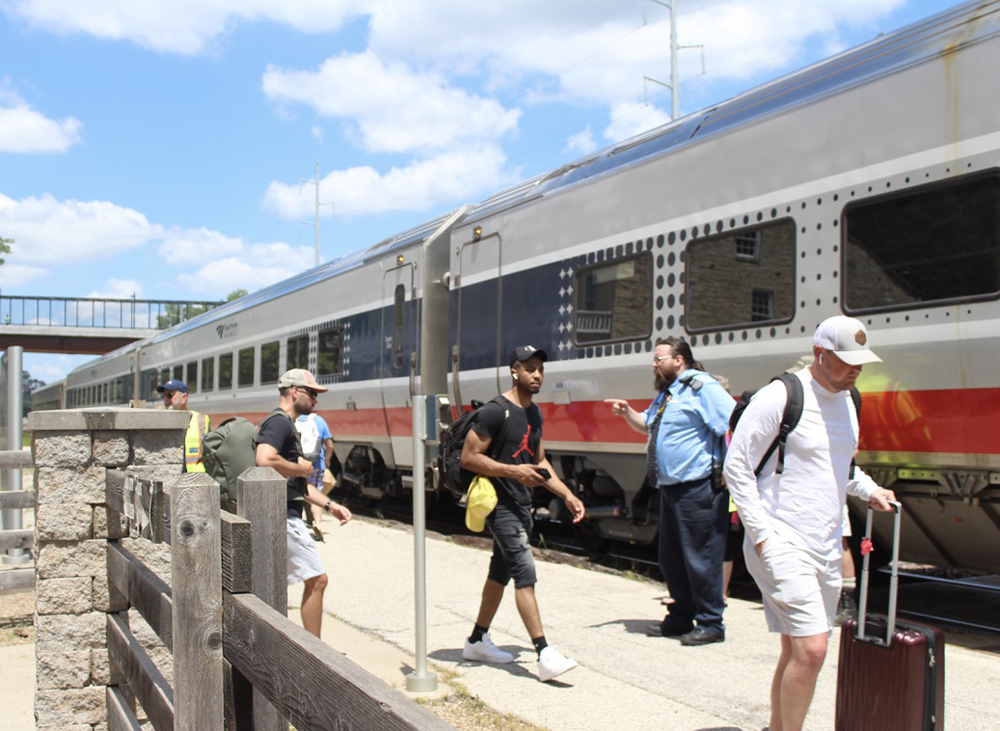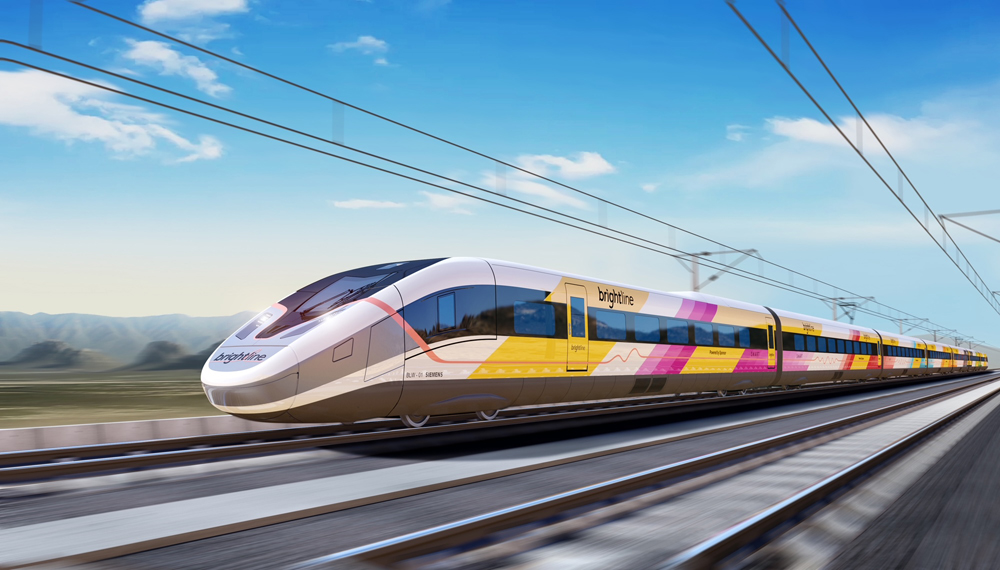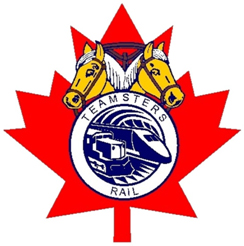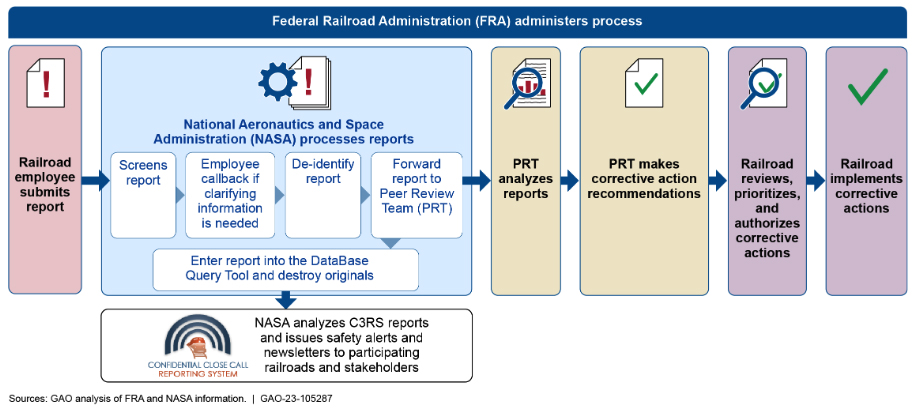
WASHINGTON — Few railroads participate in a voluntary Federal Railroad Administration program to report situations that could have resulted in serious accidents, and those that do find notable flaws in the program, according to a report from the U.S. Government Accountability Office.
The report summary notes that as of August 2022, only 23 of the almost 800 railroads in the U.S. participated in the Confidential Close Call Reporting System, or C3RS, which seeks to improve safety by collecting voluntary and confidential reports from railroad employees describing unsafe situations with the potential for more serious consequences. (The report says examples “could be, but are not limited to: a train missing a temporary speed restriction, a train going beyond the authorized maximum speed, equipment or signal failure, a run-through switch [i.e.,when a train goes through a misaligned switch and damages it], or when proper track protection is not provided during track maintenance.”)
The FRA and National Aeronautics and Space Administration administer the program and analyze its information. While the report found the agencies follow GAO best practices in that analysis, they are less successful in communicating the results, particularly beyond participants to the wider rail industry. Its two recommendations deal with better communication of safety information and success stories stemming from the C3RS program; the FRA agreed with these recommendations.
The railroads that take part told the GAO said they see benefits including increased safety information and improved safety culture. But Class I railroads — which include about 88% of U.S. rail employees — are not taking part; a sampling of the many non-participants contacted by the GAO cited reasons including their own similar programs, and concerns about its confidentiality.
The full report identifies the participants as Amtrak, seven commuter or transit rail systems, one Class II freight railroad, and 14 Class III freight railroads. [One of those, the Strasburg Rail Road, also operates passenger excursion service, and highlighted its participation in the program as part of its response to a recent accident involving one of its steam locomotives — see “Strasburg details 96-hour repair …,” Trains News Wire, Nov. 9, 2022].
Participants interviewed by the GAO indicated a number of ongoing challenges with the program, including:
— An inability to evaluate the root cause of an incident because reports lack important details as to how or why an event occurred; one participant said it had received a report that simply stated, “I was speeding.”
— An insufficient number of reports to identify trends to support corrective action. Particularly at smaller railroads, this may reflect employee concerns over confidentiality protections, particularly at railroads with few employees and few incidents, or poor communication between railroad management and the contractor that provides employees.
— Uncertainty over what qualifies as a “close call.”
— The length of time it takes NASA to provide reports with identification omitted — which are held at least 30 days to protect confidentiality — which may lead to delays in corrective action.
— Difficulty in scheduling meetings for Peer Review Teams, the group which reviews the de-identified reports and considers potential corrective action. One participating railroad says its team has 20 members and it is difficult to coordinate the schedule for so many members to meet its target of two meetings per month.
— Difficulty in implementing corrective action, because railroad management can be hesitant to allocate resources, particularly for more involved and expensive activity. Participants at one railroad said that if the FRA could help demonstrate the benefits of the program it might be easier to convince management to act.
FRA officials indicated they recognized the challenges in reporting, and said the agency had taken steps to better educate employees about the C3RS program, and offers “re-launches” to explain the program’s purpose and intent. The FRA has also proposed changes to the program to examine which events are eligible for inclusion in the program, and to allow more employees to participate. The John A. Volpe National Transportation Systems Center, at the request of the FRA, is also evaluating the program and expects to issue a full report including possible areas for improvement in 2024.






